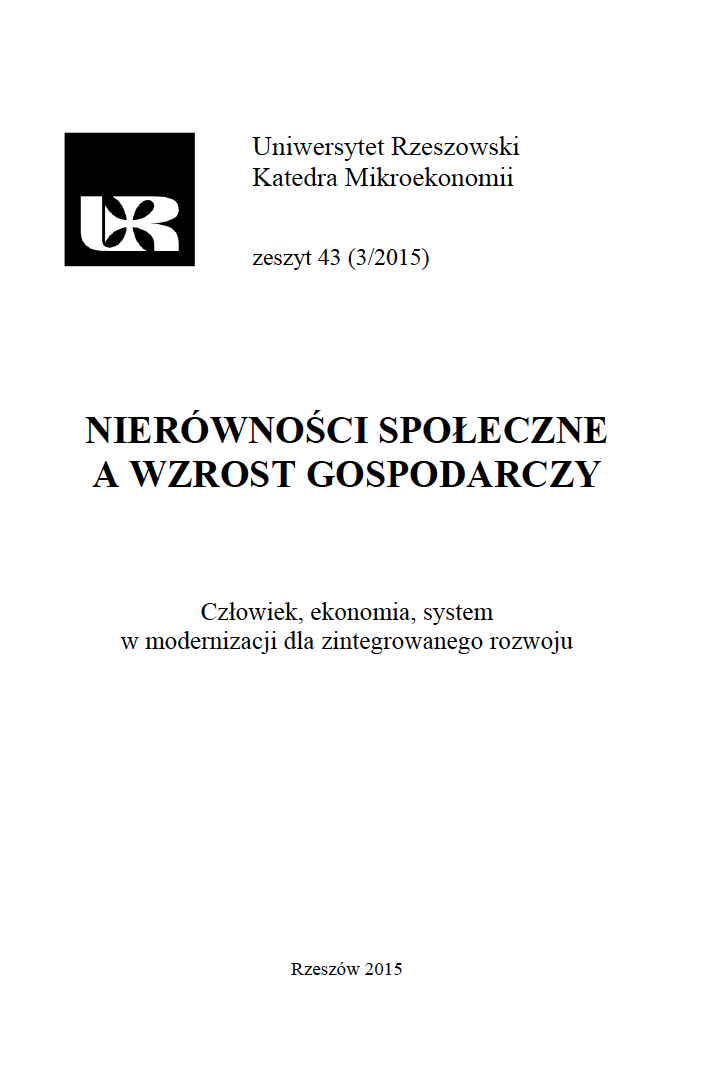Model for Public-Private Partnership in the Tax-Free Setup
Model for Public-Private Partnership in the Tax-Free Setup
Author(s): Pawel Mlodkowski, Serikzhan TastulekovSubject(s): Economy
Published by: Wydawnictwo Uniwersytetu Rzeszowskiego
Keywords: public-private partnership; resource-based economy; public policy; tax-free system
Summary/Abstract: The concept of public-private partnership as a vehicle for arranging provision of public goodsor achieving socially desirable public policy goals has a long history and multitude of studies. Thispaper offers a simple, but crucial modification of the basic model of the public-private partnershipfinancing by Engel, Fisher and Galetovic (2007). Due to growing popularity of PPP in creating andoperating infrastructure in resource-based economies, our innovation is intended to adjust themodel setup to specific public finance conditions. It happens that in case of many resource-basedeconomies the central government operates in favorable conditions. Budgets in oil&gas exportingcountries do not face any constraints on public spending. This is sometimes associated with a tax-freesystem of public finance. As a consequence, models for optimizing social welfare by benevolent, riskneutral planner with taxes and cost of public funds do not match the actual situation in countries we wishto focus on. The choice for the government, when PPP is considered is simple. Decision concerns thescale of subsidy. While the subsidy is not financed with distortionary taxation, the cost of public funds isdifferent from what we find in available formulations of models. Therefore, in our paper we discuss thespecific features of tax-free, resource-based economies and we modify the original model by Engel,Fisher and Galetovic (2007) to arrive at a formulation more appropriate for Arab countries, or other,where distortionary taxation does not exist. The main findings and conclusions are as follows: (1) without taxes there are no negative externalities of financing subsidies to support PPP, (2) some of the benefits of the PPP are not present without distortionary taxation.
Journal: Nierówności Społeczne a Wzrost Gospodarczy
- Issue Year: 2015
- Issue No: 43
- Page Range: 84-91
- Page Count: 8
- Language: English

